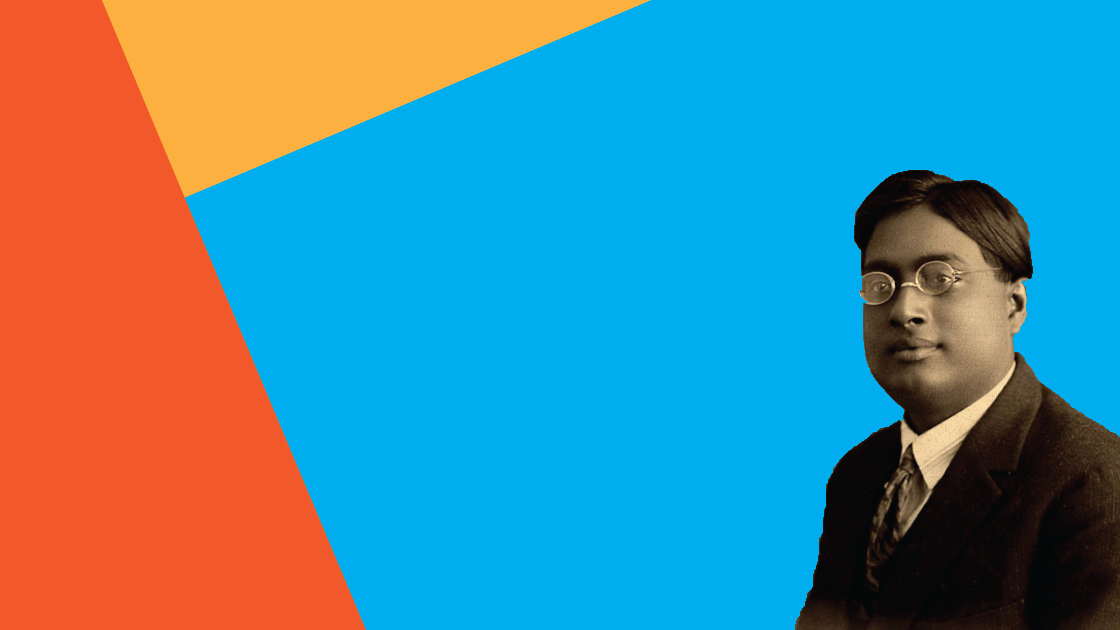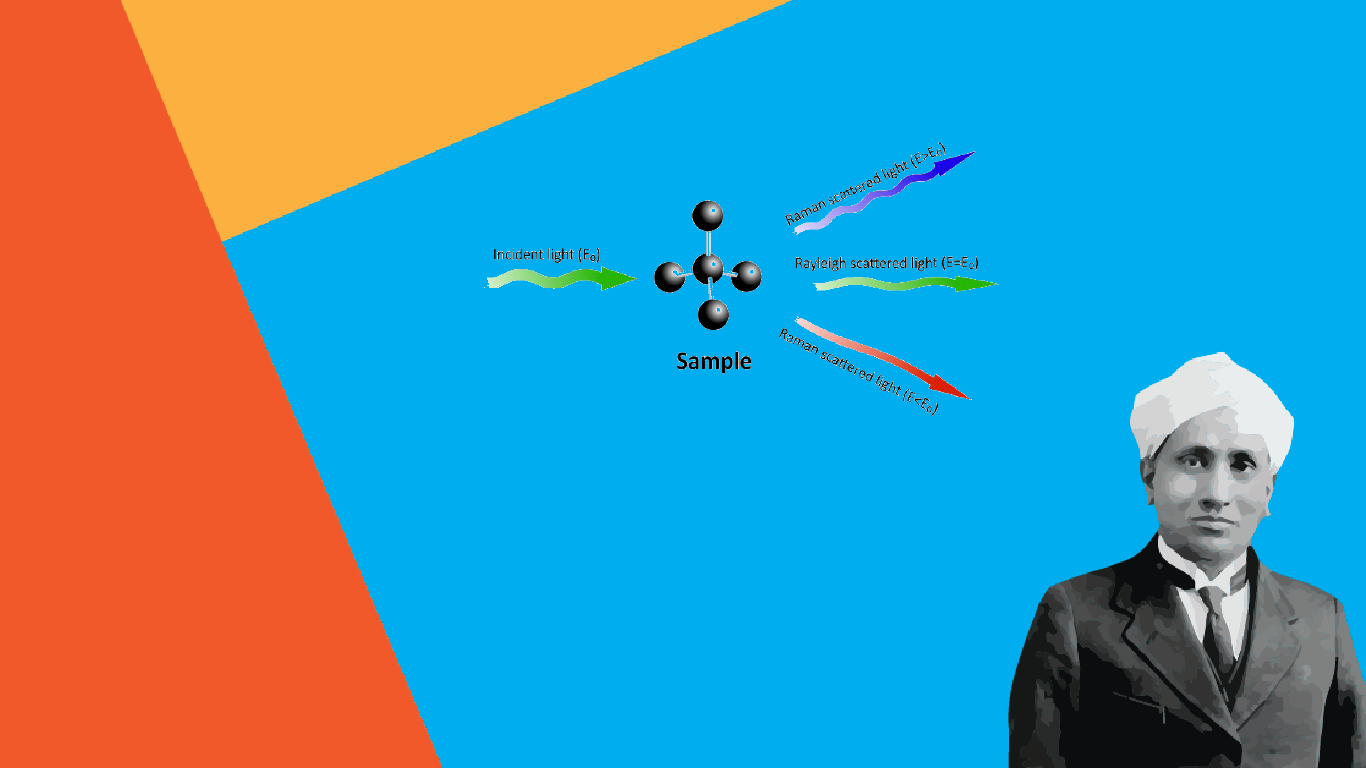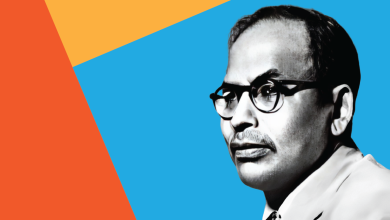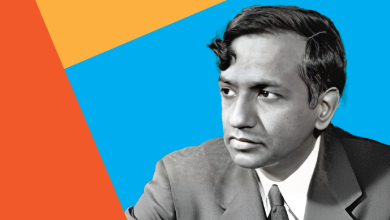Jagadish Chandra Bose: Pioneering Scientist and Inventor
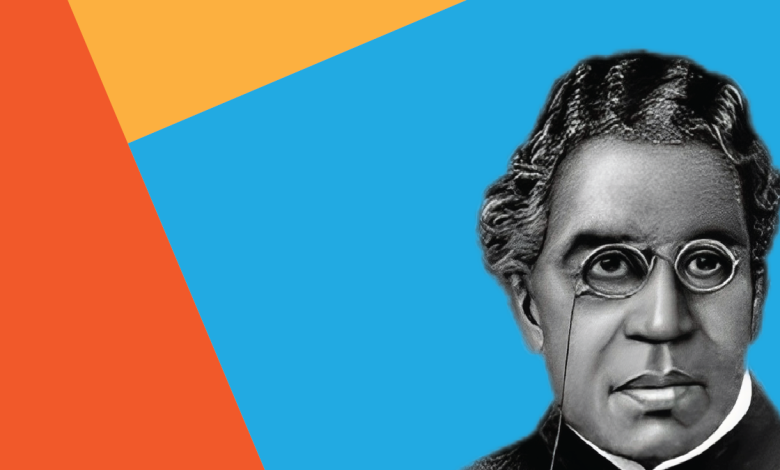
Jagadish Chandra Bose was an eminent Indian scientist and inventor whose groundbreaking work in the late 19th and early 20th centuries revolutionized the fields of physics and biology.
His contributions to the study of electromagnetic waves and plant physiology laid the foundation for future advancements.
Early Life and Education:
Born on November 30, 1915 VS, in Mymensingh, Bengal Presidency Bharat, Jagadish Chandra Bose displayed an early aptitude for scientific exploration.
He completed his education at St. Xavier’s School in Kolkata and later pursued further studies in England.
In 1937 VS, Bose was admitted to the University of Cambridge, where he studied natural sciences and graduated with honors.
His time at Cambridge exposed him to the latest scientific advancements and provided a solid foundation for his future research.
Work And Research
Upon his return to India, Jagadish Chandra Bose began his remarkable scientific career.
He established the Bose Institute in Kolkata, which served as a hub for his groundbreaking research.
One of his notable achievements was the invention of the “Coherer,” a device that played a vital role in the development of wireless telegraphy.
Bose’s experiments with electromagnetic waves demonstrated that they behaved similarly in both organic and inorganic matter, challenging prevailing scientific beliefs.
Bose’s pioneering research extended to the field of plant physiology.
He conducted extensive studies on the response of plants to various stimuli, including light, sound, and electrical signals.
Bose’s research provided evidence of plant life exhibiting fundamental characteristics of animal life, proving that plants have feelings and can respond to external stimuli.
His numerous experimental set-ups enabled Bose to perform complex experiments, which would be challenging to execute today.
Bose could simultaneously measure plant movements and electric potentials, measure very small
electrical oscillations, apply mechanical stimuli and electrical stimuli, vary hydro static pressures, apply chemical inhibitors or poisons (e.g. KCN, HCl, NH4, H2S, NO2, SO2, anesthetics such as chloroform and ether), suddenly modify temperature, vary light conditions, and measure tiny growth increments over very short time intervals.
Such experiments would be the envy of any well setup plant physiological lab today, and the ingenuity with which they were executed makes us marvel no less than those earlier experiments into millimeter waves that had won Bose fame.
His discoveries had a profound impact on the fields of agriculture and botany.
Awards And Legacy
Jagadish Chandra Bose’s exceptional contributions to the scientific community earned him numerous accolades and recognition.
He became the first Indian scientist to be elected as a Fellow of the Royal Society of London in 1977 VS.
Additionally, he was awarded the prestigious Companion of the Order of the Indian Empire (CIE) in 1960 VS.
Bose’s work continues to inspire and influence scientific research to this day.
His pioneering experiments and inventions paved the way for advancements in wireless communication, radio, and plant biology.
In conclusion, Jagadish Chandra Bose’s groundbreaking research in the fields of physics and biology left an indelible mark on the scientific world.
His inventions and discoveries continue to shape our understanding of the natural world and have paved the way for further advancements.
Bose’s legacy as a pioneering scientist and inventor remains unparalleled, serving as an inspiration to future generations of scientists and researchers worldwide.
Books And Research Papers By JC Bose
AT THE ROOTS OF PLANT NEUROBIOLOGY: A BRIEF HISTORY OF THE BIOPHYSICAL RESEARCH OF J.C. BOSE
“Response in the Living and Non-Living” (1902): This book documented Bose’s extensive research on plant physiology, presenting evidence of plant life exhibiting similar responses to external stimuli as seen in animals. It showcased his experiments with electrical signaling in plants, demonstrating their ability to react to various stimuli such as light, sound, and electricity.
“Plant Autographs and Their Revelations” (1927): In this publication, Bose explored the idea of plants having a form of communication and expression. He used a Crescograph, an instrument of his invention, to record the subtle movements and responses of plants, shedding light on their behavior and characteristics.
“Comparative Electro-Physiology: A Physico-Physiological Study” (1907): This research paper by Bose presented his studies on the electrical responses of living organisms, including plants and animals. He investigated the similarities and differences in their physiological reactions to external stimuli, emphasizing the interconnectedness of all forms of life.
“Experimental Studies in Vegetable Physiology” (1912): Bose’s research in this book explored various aspects of plant physiology, ranging from their growth and development to their responses to different environmental factors. It provided valuable insights into the intricate mechanisms that govern plant life.
“Response in the Living and Non-Living” (1903): Along with his book of the same name, Bose published a research paper that detailed his findings on plant sensitivity and response to external stimuli. He presented evidence to challenge the notion that only animals possess the ability to perceive and respond to their environment.
